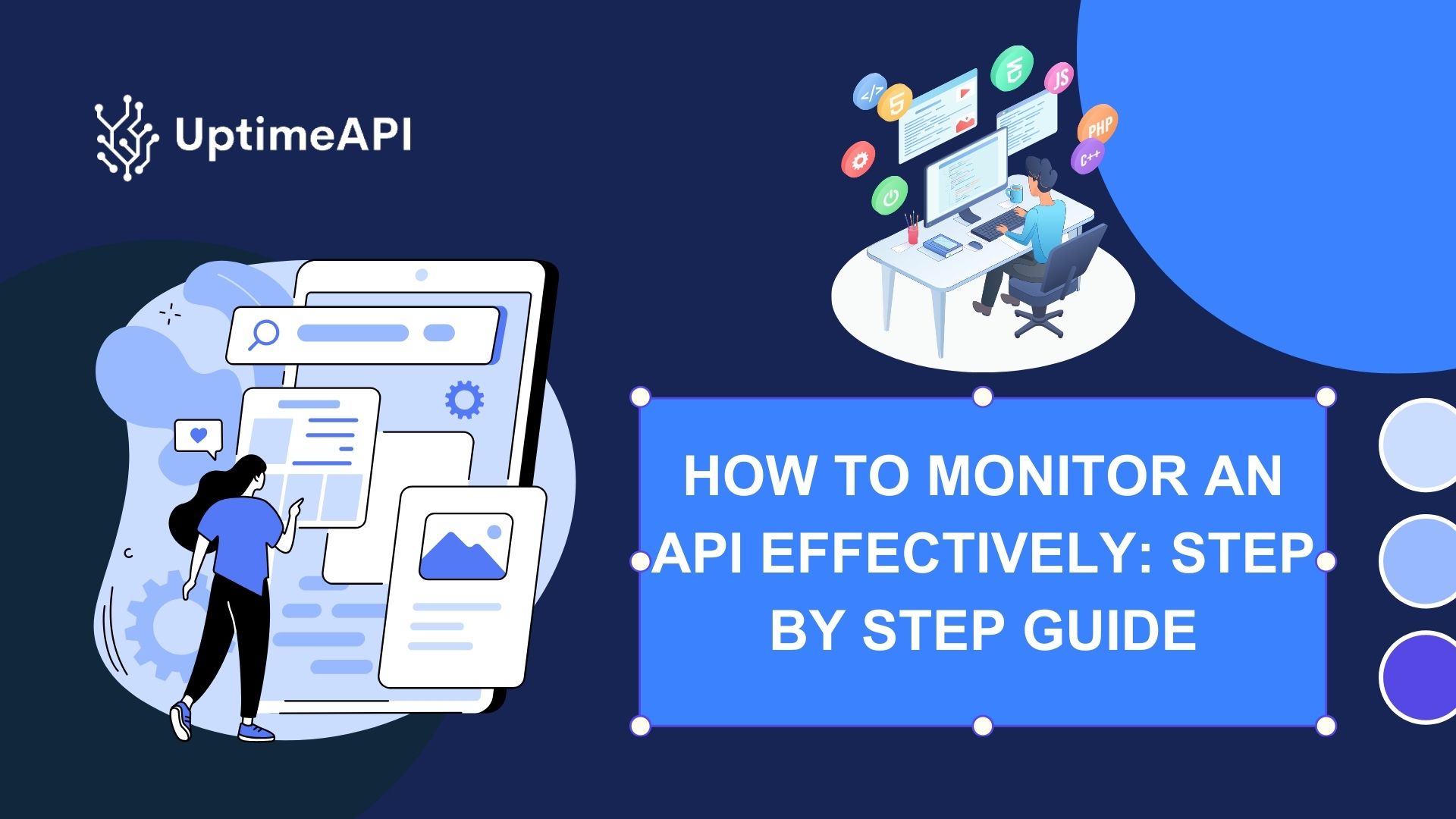How To Monitor An API Effectively: Step By Step Guide

APIs, or application programming interfaces, are now the main component of contemporary software ecosystems in today's networked digital world. Comprehending the need of knowing how to monitor an API is essential to guaranteeing the smooth functioning of these vital elements.
How To Monitor An API
APIs operate as the links that let various software systems talk to and interact with one another. They enable developers to build dependable and networked applications by facilitating the interchange of data and capabilities. Organizations run the danger of several issues that could compromise the security, performance, and dependability of their systems if they don't properly monitor their APIs. Performance snags, security flaws, and API outages are just a few of the problems that can occur when there is inadequate monitoring.
In order to evaluate the performance and overall health of APIs, real-time performance monitoring entails the ongoing tracking and analysis of multiple parameters. In order to spot any abnormalities or bottlenecks that can affect the user experience, this involves keeping an eye on response times, latency, throughput, and error rates.
Protecting sensitive data and adhering to legal obligations depend on API security and compliance. This entails putting strong permission and authentication procedures in place, encrypting data both in transit and at rest, and carrying out frequent security audits to find and fix flaws.
Setting Up Your Monitoring Infrastructure
Effective API monitoring starts with building a strong monitoring architecture. This entails deciding on the best monitoring tools, setting up notifications and alarms, and putting in place a scalable architecture to manage fluctuating traffic volumes.
To make sure they fulfill their unique monitoring needs, organizations should choose monitoring solutions based on features including scalability, customization possibilities, integration capabilities, and ease of use. Organizations need to pinpoint the crucial parameters that have a direct bearing on user experience, performance, and dependability in order to monitor APIs successfully. These could include API usage, error rates, uptime, and response times.
Uptime API

The Uptime API allows you to monitor your APIs. It works by gradually confirming that your APIs are up and running and performing as intended. Monitoring is easy to set up. You need to know the URL of the target API endpoint to be inspected and be able to change the watch's timeouts and intervals before you can set up monitors. Because the API provides historical data and analytics, you may track changes in API performance and uptime over time. Make your logs accessible so you can look into any issues with the API.
The Uptime API has timeouts that regulate how long it will wait for a response and monitoring intervals that regulate how often it checks your API's operation. You may adjust the monitoring to suit your needs and preferences thanks to these options. Additionally, you have the option to select which contacts get alert alarms and dashboard alerts. You may then utilize this to inform your team. Choose from a variety of customizable options with varying monitor capacities to get the monitoring package that best suits your requirements.
US dollars are used to display all prices. We take all major debit and cr